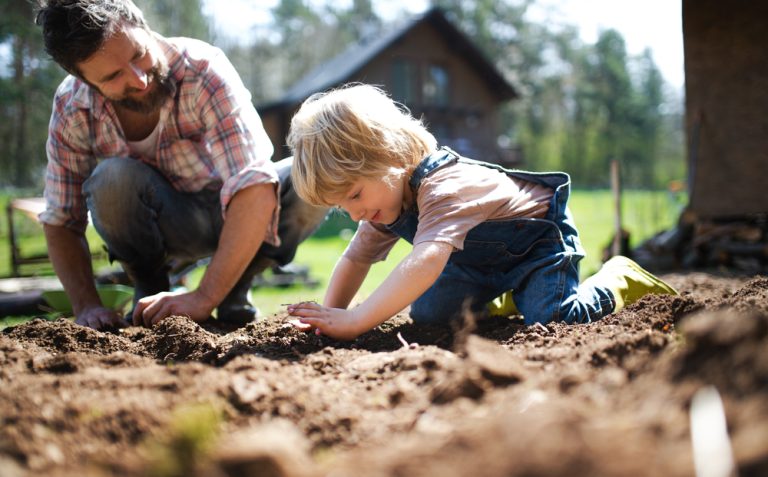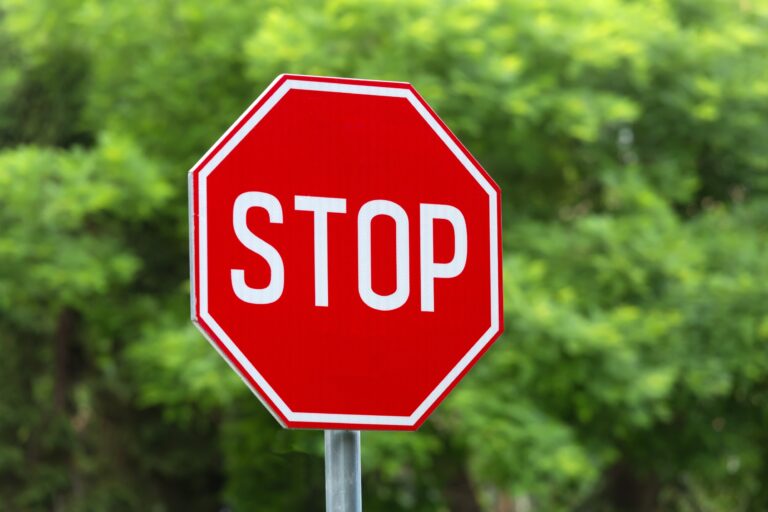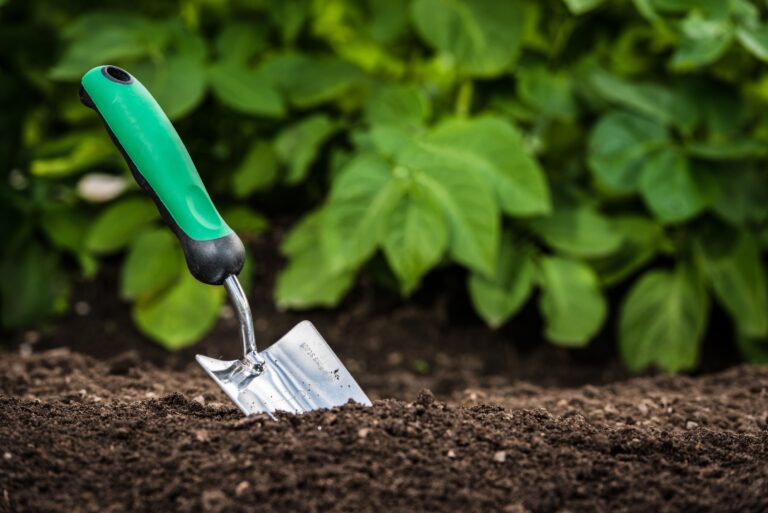If you’ve ever walked through a forest after the rain, you’ve experienced the magic of leaf mold—whether you realized it or not. That soft, springy, sweet-earth-smelling layer under your feet? That’s leaf mold, and it’s basically Mother Nature’s richest soil conditioner. Gardeners who know its power treat it like black gold, because it transforms ordinary…
healthy garden
Don’t Do That! 9 Pieces of Bad Gardening Advice to Ignore
Gardening, an age-old practice that bridges generations, cultures, and geographies, has seen a resurgence in popularity in recent years. With this renewed interest comes an abundance of advice, some of it good, some… not so much. In an era where the internet is teeming with quick tips and hacks, it’s crucial to weed out the…
The Dark Side of Gardening: 14 Common Mistakes That Can Ruin Your Garden
Gardening is a beloved hobby for many, offering a sense of peace, accomplishment, and connection to nature. However, even the most well-intentioned gardener can fall prey to common mistakes that have the potential to turn this rewarding activity into a source of frustration. Understanding these pitfalls is crucial to maintaining a healthy, vibrant garden. This…


